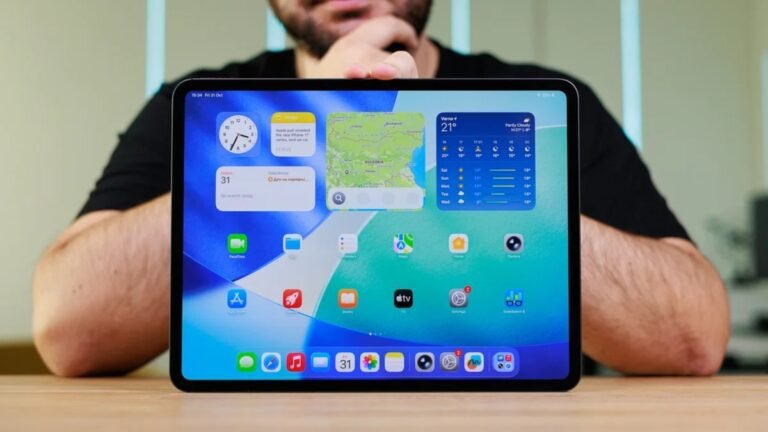But no matter how powerful chipsets you put inside the sleek and powerful iPad, you still have to deal with iPadOS as the software platform of choice on the tablet. Despite the recent improvements to window management and multitasking, iPadOS is still quite limited and unbecoming of the iPad’s immense power reserves.
The iPad Pro paradox: What is it for?
This has been a problem for ages now, and I’m certain I’m probably the millionth person who’s raised this issue.
The tablet-centric offshoot of iOS is an excellent operating system when viewed in a vacuum, but once you pair an iPad Pro with a Magic Keyboard and a Magic Mouse, you quickly realize that you’ve essentially wasted money in trying to replicate the MacBook Pro experience with nowhere near the software capabilities of the latter.
You have to pay $1,300 for the most basic 13-inch iPad Pro (M5) with 256GB of storage and an additional $349 for the Magic Keyboard, which sets the grand total at $1649.
At the same time, $1,599 buys you a 14-inch MacBook Pro with the same M5 chip (but with one additional efficiency core), double the storage (512GB), and a keyboard already included in the mix. So, the more expensive bundle actually gets you a worse deal!
“But Peter,” you’d say, “you can’t draw on a MacBook Pro”. True that, but you can draw on an iPad Air or even the humble base iPad, so you’re not exactly starved for options, that’s for sure.
In any case, you can’t really convince me that an iPad Pro isn’t a decadent overkill these days.
Apple’s solution: Throw more performance at it
Instead of thinking of ways to make iPadOS more macOS-like or even giving us a macOS Lite for the iPad, Apple has been fighting the problem by throwing more computing power inside its premium tablet, hoping that more cores or high clock rates would magically turn the iPad Pro into a device that’s worth its exorbitant price tag.
It’s like fighting fire with, well, magma.
I am ready to bet a good amount of money that none of the upcoming iPad Pro models will address the elephant in that room.
If you’re a professional that truly feels that the iPad Pro with M4 was lacking performance and are totally fine with the functionalities that iPadOS offers, I apologize for insulting your unique use case.
But for most tech-savvy Apple fans, which I humbly count myself as, and especially those Regular Joes and Plain Janes out there, an iPad Pro still probably feels like a device that does both too much and too little at the same time, all while costing an arm and a leg in the process.
Conclusion: Should you get an iPad Pro?
My honest opinion?
No.
Get an iPad Air if you’re in the Apple ecosystem, try to find an older iPad Pro model, or buy a Galaxy Tab S11 if you’re Team Android. I reviewed the small version of the latter a few weeks ago, and it’s a wonderful little tablet that does everything a tablet should do at a decent price tag. It also has the right aspect ratio so my shows don’t get letterboxed all the time.


